A ride through Chiloe island – the second biggest island in South America
On the 3nd March 2012, my friends, a couple I’ve been meeting up everywhere for the last 3 weeks on the road, decided to visit Chiloe island. A lot of people were speaking about it, that it was a must see. When I tried to find some information about Chiloe, there was never much about it. But still everyone kept telling me to visit it. So that morning in Cabanas Molino Viejo in Puerto Varas, having a breakfast with my friends Rachele and Gabor, I decided to join them for some adventure. It was a last minute holiday. And let me tell you, it was a hell of an adventure!
We rented a car in Puerto Varas and started our trip – a ride through Chiloe island. The car was rubbish, let’s be honest! They opted for the cheapest one (26,000 pesos chilenos per day) and it was worth the money, literally. The door or something behind me was making so much noise each time we drove less than 60 km which was most of the time. It was giving me a huge headache, and made the earache worst. But, that’s what traveling is about sometimes, you have to be prepared for everything.
We got to Canal de Chacao, paid 10,000 pesos for the car ferry Cruz del Sur that took us straight to Chiloe island. There was wifi on the ferry, yes! Very modern for going to a very rural island!
Once on the island, we started in Ancud town in the North, some 30 km from Chacao. We walked the main plaza with statues (such as The Trauco – the seducer of maidens, an ugly dwarf), visited the museum of the churches (Museo de las Iglesias) where there are some replicas of the churches around the island with a lot of information about its part and how they were built. Then we walked around the coast and went up to San Antonio Fort. We just didn’t find it. We did find the Spanish fortification that used to be used for the munition. Then we got to Playa Arena Gruesa which is a very cute beach of brownish/dark yellow sand, with big waves and nice views.
Then we hopped on the car again and took a bad stoney road to Pinguinera Puñihuil. This place is very famous and I understood why very quickly. The beach is amazing, even though probably never good enough for swimming.
It’s full of big rocks all around, a lot of different birds, wind and waves. And most of all those weird huge algae all over the beach. There is this famous restaurant, well, it is not a proper restaurant. It is a big building with a lot of small stalls and tables and chairs outside.
You have to pay in one of the stalls, you get drinks there and you pay for the meals. Then you go to another stall to pick up your meal (according to the numbers of the stalls you have written on the ticket).
We where there around 3 pm and most of the meals were gone already, especially the famous big empanadas I was craving for. But at least I could try corvina – a traditional fried fish in here. Very tasty! Guys had chorros al alicate mejillones – the biggest I’ve ever seen in my life; and curanto – a traditional dish of meat, sea food and potatoes cooked all together and served in a bag. It started raining again, so we finished it quickly and ran back to the car.
Then we took another not paved road to Chepu where we wanted to see something but it kept pouring down so we just stopped outside a house, the owner went out and let me go inside their house to use the toilet and explained us what to do there.
But as it rained, we continued through Capilla to Dalcahue town. Wanted to see some of the villages on the way but there was not much to see, many of the villages indicated on the map we couldn’t see, and then again those we saw the signs of, were not on the map. So we just went straight to Dalcahue town.
It kept raining so the guys changed their opinion of staying in a camping. We entered one of very few restaurants there to get a cup of hot tea. The restaurant was overlooking the port. But it looked like 30 years ago, the table clothes and everything inside the restaurant and even the way the old lady served us. First, she brought us tea bags and coffee, then empty cups and then she came with an old kettle and poured the boiling water into the cups, and hot milk into the cup with coffee :)
Once feeling a bit warmer, we found accommodation. Guys changed the plans and refused to stay in a camping, so we found a cabaña for all three of us, got a discounted price of 17,000 pesos for a night for the cabaña. I could wash my underwear and dry it up there at the stove, yay.
Then I made a video of week 5 of my South American trip, took a hot shower and enjoyed the bed with those very heavy and thick blanket (we call paplon in Slovak) my grandparents used to use years ago.
The following day, the 4th of March, rained the whole morning a lot. The electricity was still off since the night because of the heavy rain and the thunderstorm. We left at 10.30 am and took a ferry from Dalcahue (on Chiloe island) to Quinchao island to visit its many churches.
In the afternoon, we came back to Dalcahue and visited the feria de artesanias there in the port. I so loved it! There was this big building full of the handicrafts the local people make – a lot of woolen things and souvenirs made from what the sea offers. Behind, there was a sort of market with little restaurants – let’s say separated kitchens where you can sit and order something. Most of them offer all the traditional meals, apart from curanto, cazuela de ave (chicken soup) o cazuela vacuna (beef soup), chalcho (pork), paila a la marina – sea food etc. Then salmon (fried or a la mantequilla – butter) or merluza are the traditional fish from the area so I asked for chicken soup (with sweetcorn, rice and vegetables) for 2,000 pesos and salmon with potatoes and salad for 3,500 pesos. Then I had to try the local dessert called torta chilota with apples, I loved it, it reminded me a bit of a simple cake we make in Slovakia. One of many similarities between Chile and Slovakia I would never imagine!
With full stomach and very satisfied (not about the spent money though), we continued our road trip to Castro and Chonchi. It was raining, so visited the Chonchi church that is one of the 16 churches in Chiloe archipelago that were pronounced UNESCO World Heritage. The Chonchi church is very colourful, yellow and blue which makes it different from all the others. There was no one inside so we enjoyed it to take some photos and videos in peace and quiet.
As it was raining, we went back to Vilipulli village to take a photo of its church.
Then it stopped raining so we decided to go to the national park as we wanted to see it. We drove around Lago Huillinco to Cucao, a town at the river where the lake starts and the entrance to the national park is. It was raining again and we had a horrible petrol smell inside the car so we checked it together with a local man we asked and then passed a couple of cabanas and hospedajes to find the cheapest one to spend the night at. They were all very expensive and it was not even the high season just because it was all at the entrance to Chiloe National Park.
In the end, the cheapest option was to get 2 rooms with 2 breakfasts for 16,000 pesos in the house of a local family. So we took it. It was extremely cold inside the rooms and very hot down in the kitchen. We unpacked and I tried to recharge the mobile and laptop but the new adapter I bought 2 days ago in Puerto Varas got broken. The guys of the house who are electricians tried to make it work but inside it was all broken. Lovely! So I used the old adapter that works only when I put another adapter in between to make the contacts there touch each other. Like this, I could watch a movie all warmed up in bed and go to sleep at 1 am.
The third and the last day on Chiloe, we woke up at 7.45 am and had the breakfast that the woman of the house prepared for us. I really enjoyed it even though we paid a lot for this kind of accommodation. I haven’t had this kind of breakfast for ages, eggs with bread and home-made marmalade from grosella – redcurrant. It was an experience to see how the local families live in here. We ate in their kitchen where they dry up the clothes above the stove, and we used their toilets you close with a wooden stick and wall tapete on the walls used in Europe 20 – 30 years ago.
After breakfast, it started drizzling but the Sun went out again. We were the first ones to enter the National Park as Gabor wanted to visit is so badly! We entered and it was sunny. Took the walk of sendero de Tepual but after some 20 minutes it poured down so much we were all wet and ran back to the car. I was literally soaked to the bones, had to change all the clothes from the underwear to the jacket. Imagine us three all in underwear and me with a towel on my hair at the entrance to the Chiloe National Park trying to put the dry clothes on and swearing all the time.
The Sun appeared again so Gabor went to sendero de la playa and we stayed in the car writing the articles and with the heating on to dry up the clothes. Then Gabor came back and it was sunny again so left with Rachele to do the sendero de Tepual we tried to walk in the morning when got soaked. I knew the weather already that changes here from sunny to heavy rain within a second so I decided to stay inside the car. Rachele came back after a couple of minutes as it started raining again. I knew it! Gabor was all ready there for the rain with the raincoat and everything, so he finished the hiking and when he came back, we left to explore more of the island in flip-flops.
We headed off to go back up North. Stopped in Huillinco to take a photo of another church, as if we haven’t seen enough already.
Then, obviously, we had to visit Castro, the capital of Chiloe, its different church with 2 towers and the famous palafitos – stilt houses.
So colourful and nice, not that old like the stilt houses in Asia. After buying some empanadas with apples in Dalcahue, we drove a bit off the road to the village San Juan to see another church :D
Slowly, through the not paved road again, we got to Tenaun village with very interesting blue and white church with blue stars on it. On the way up to Quemchi and its church, we stopped at Las Cascadas Tocoihue – waterfalls. They are situated in a private property, outside a house of local people (as almost everything in Chile and Argentina) so there is entrance fee of 500 pesos chilenos. But it so worth it! There are two waterfalls, the one on the left is huge with a lot of power, the one on the right is a very small one. It’s funny to compare both of them. Our last stop was Quemchi town. Then we continued on the coast through Linao to Chacao to catch the ferry back to the mainland and drive to Puerto Varas to return the rented car.
Quirky things about Chiloe:
- they use shells for the paths
- it is very rural – you will see cows, goats, sheep, horses, pigs everywhere
- it is all green as it rain here a lot
- people are mostly poor
- the island lives from fishing, animals, handicrafts from shells and sheep wool
- it is full of dogs, but they are not aggressive at all
- many roads are not paved
- you will see a rainbow here very often – during 3 days we saw 5 rainbows
- traditional dessert is torta chilota and kuchen
- you can buy home-made cheese all over the island
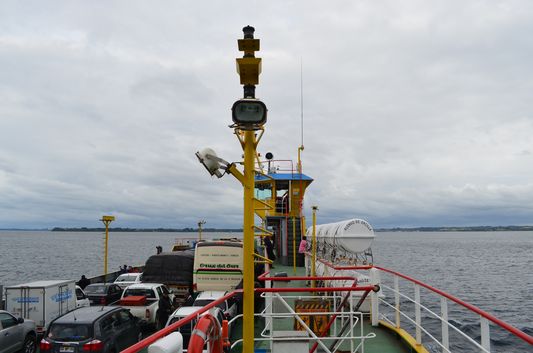
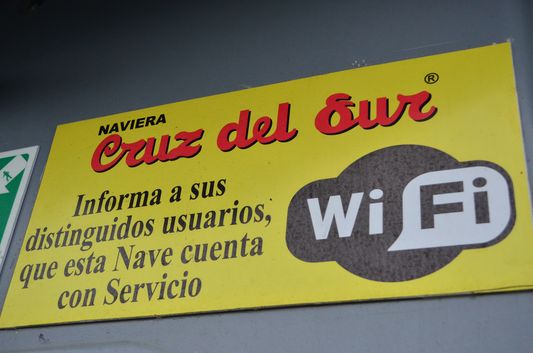
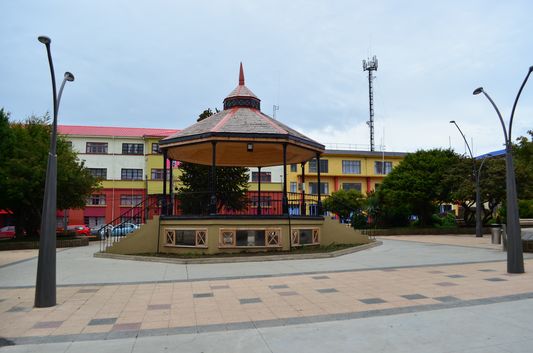
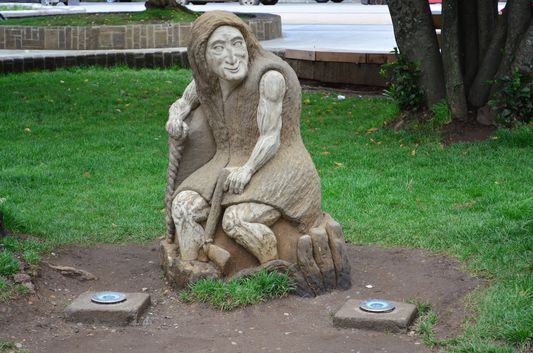
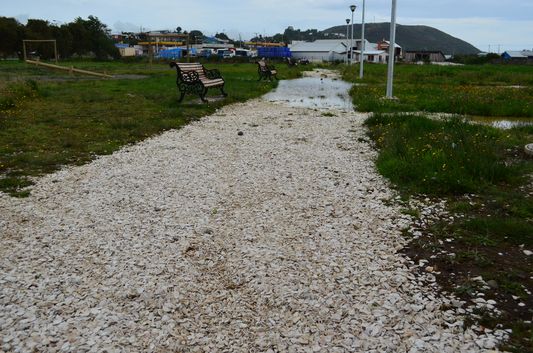
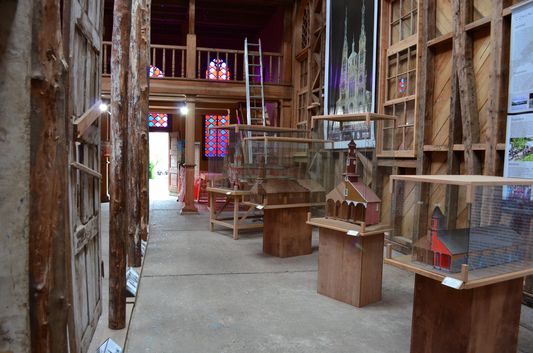
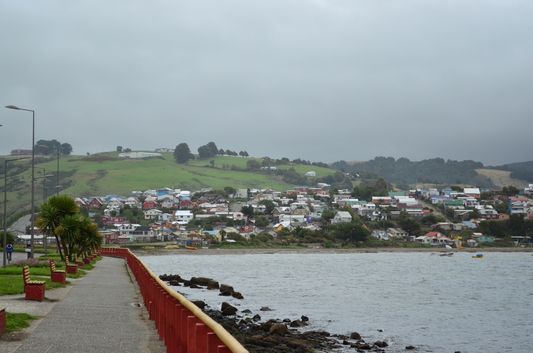
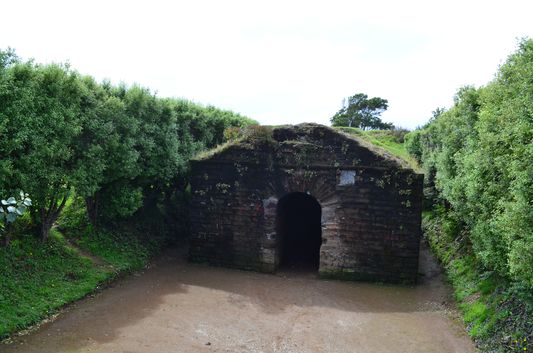
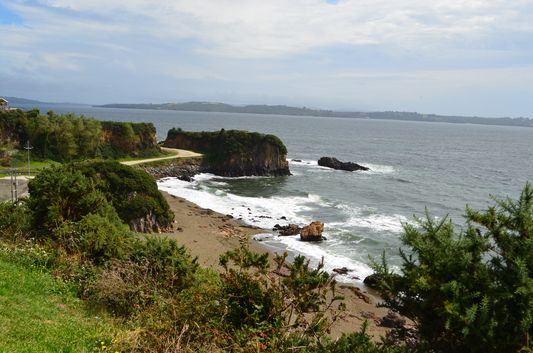
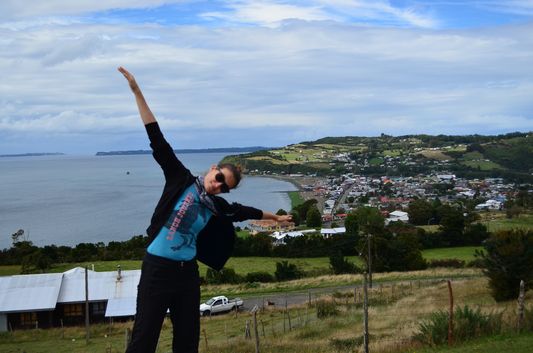

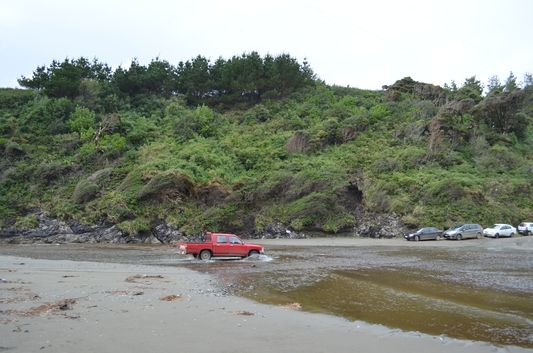
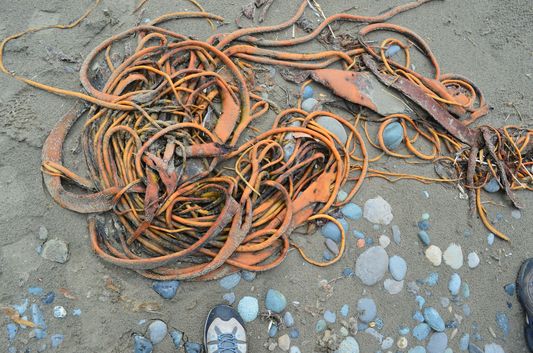
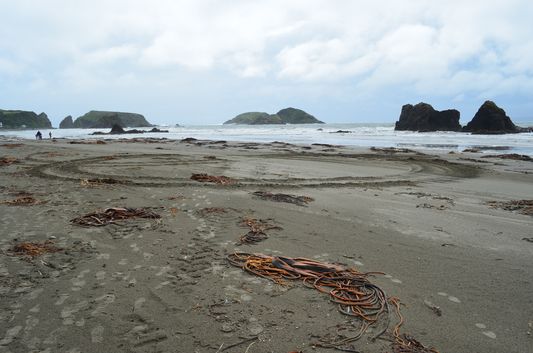
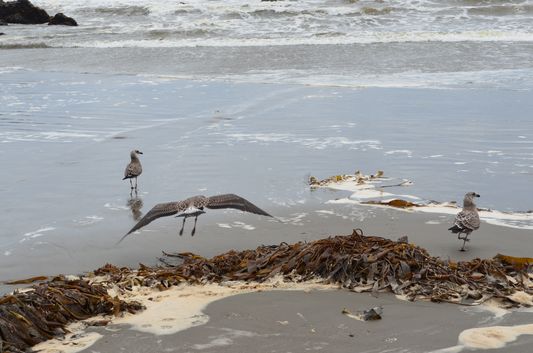
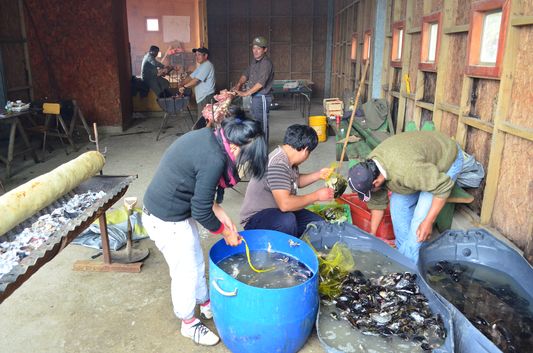
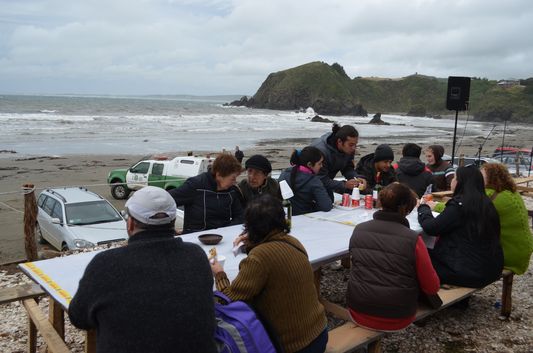
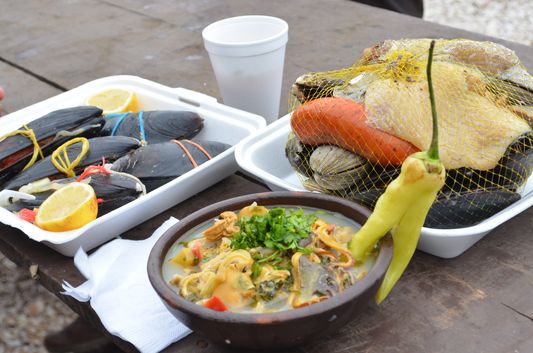
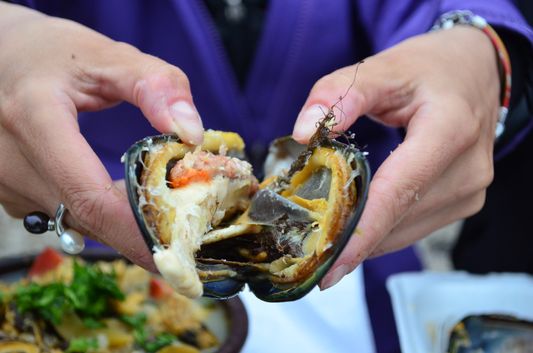

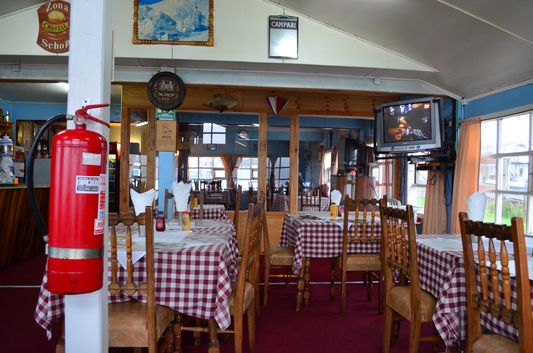
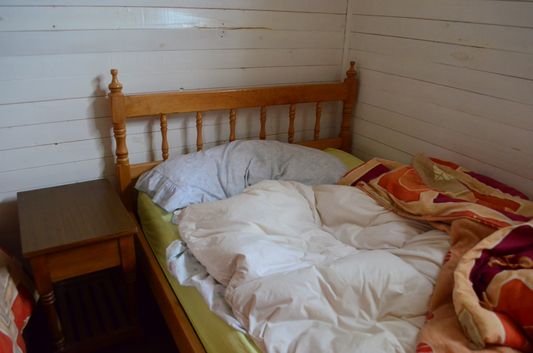
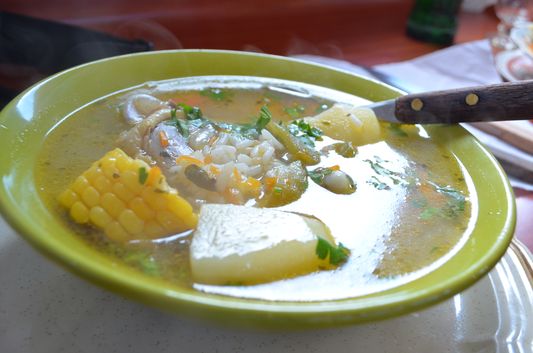
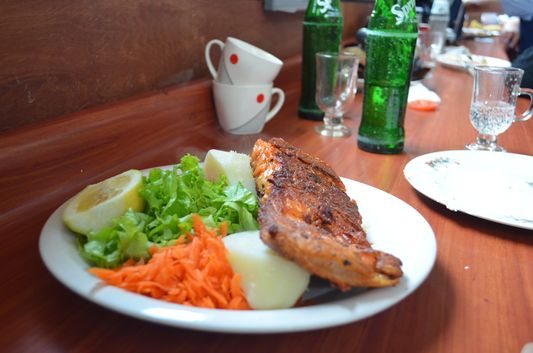
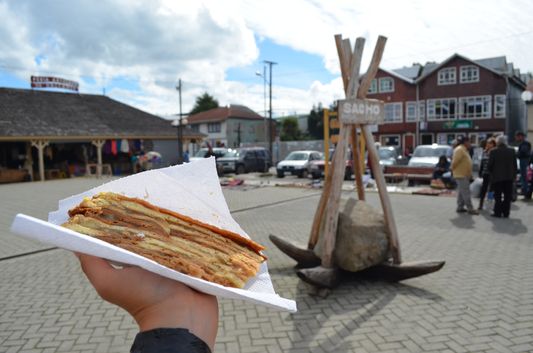
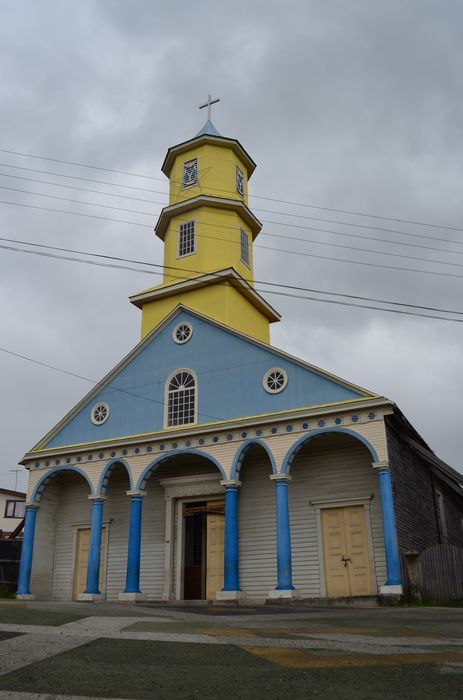
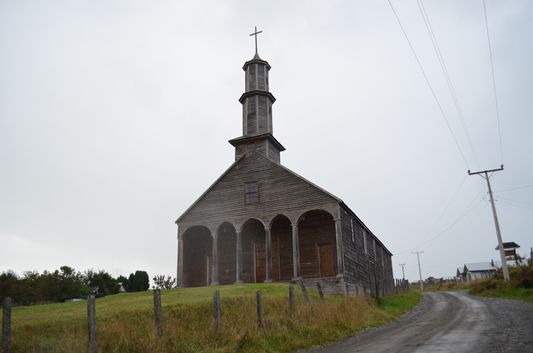
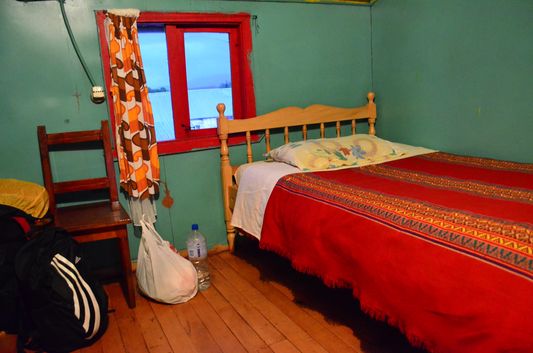
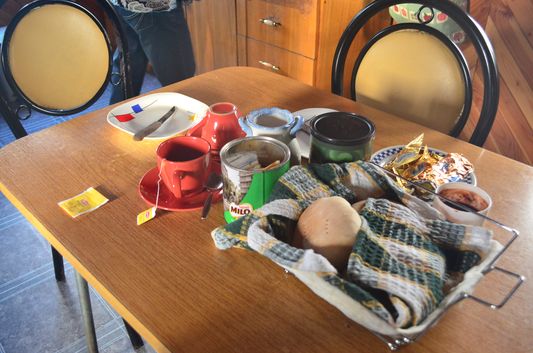
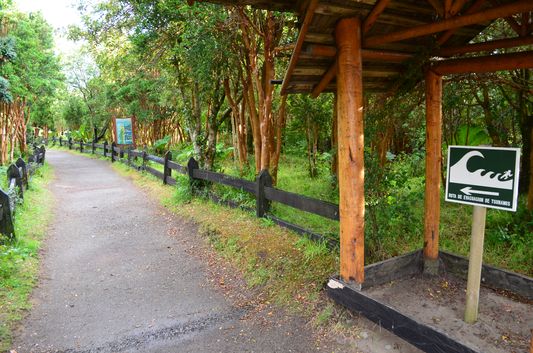
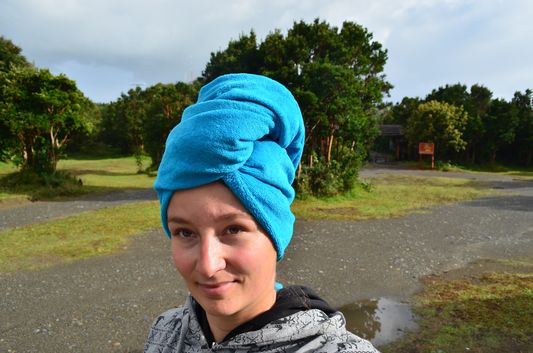
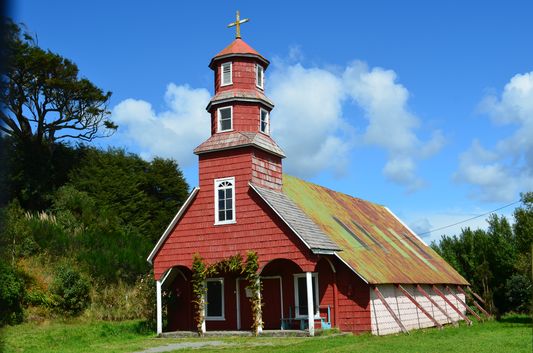
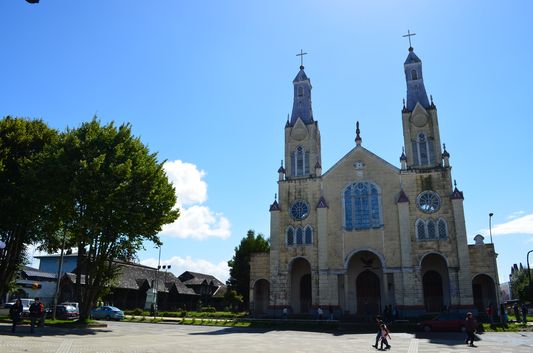
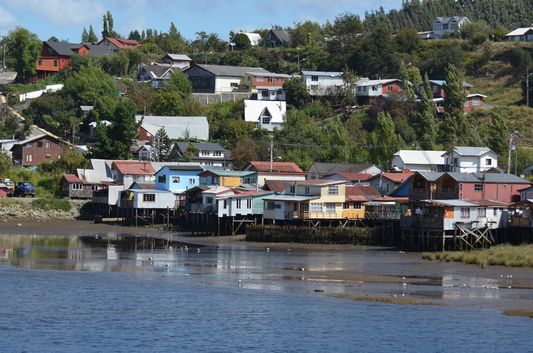
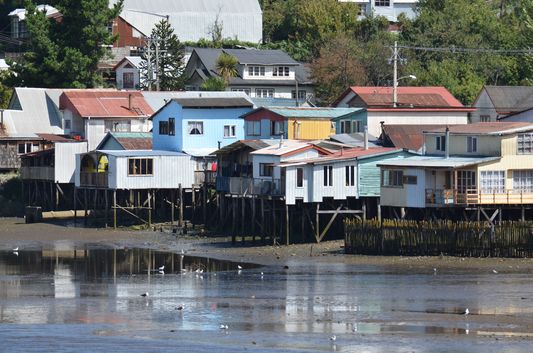
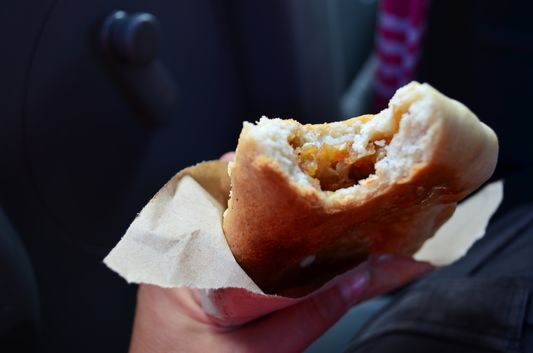
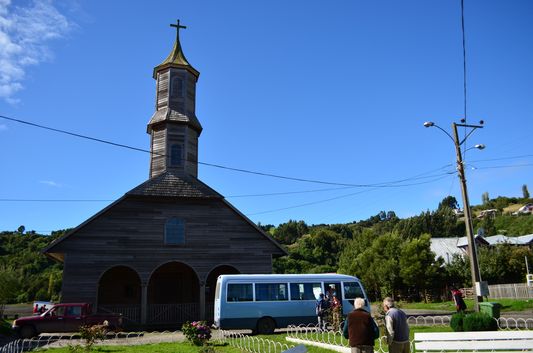
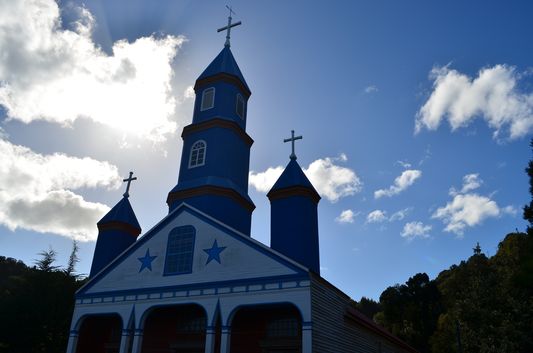
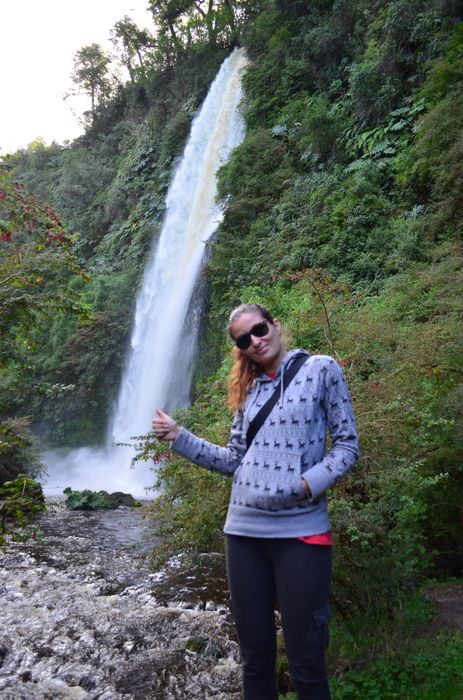
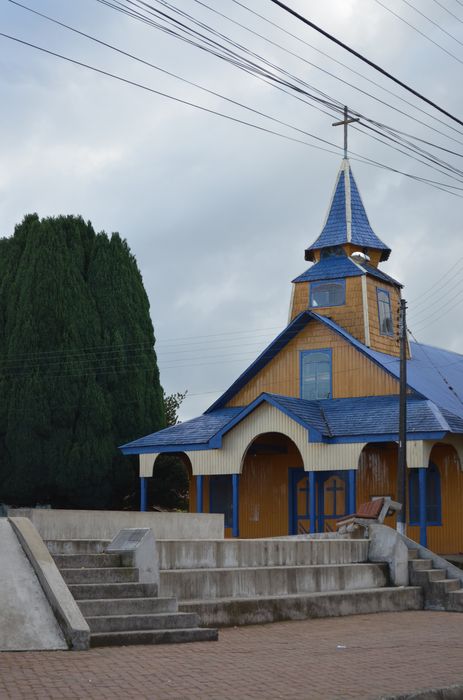
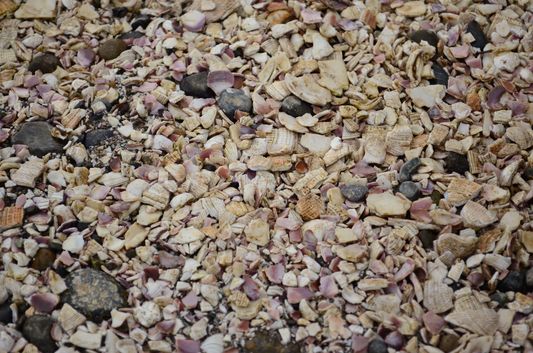
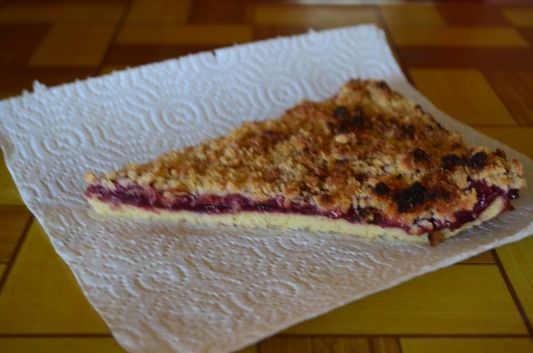
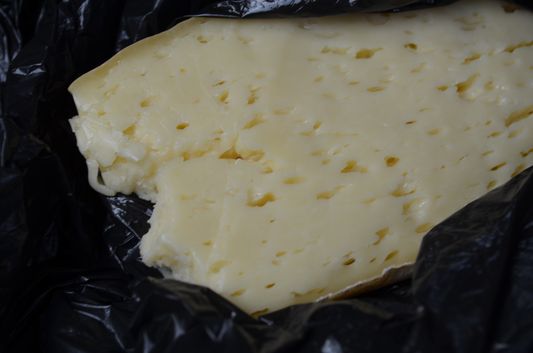
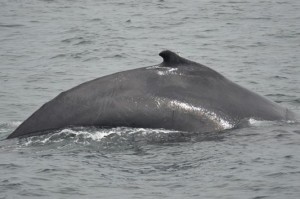
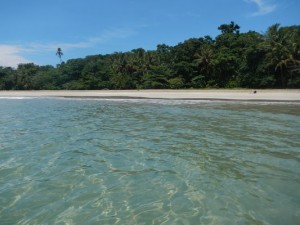
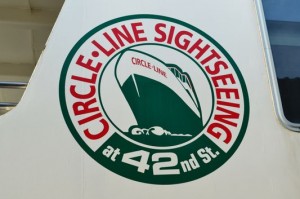
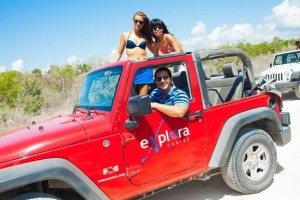
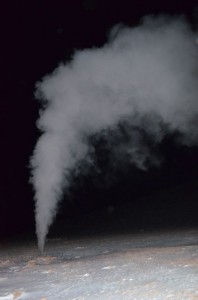
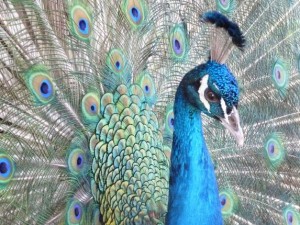
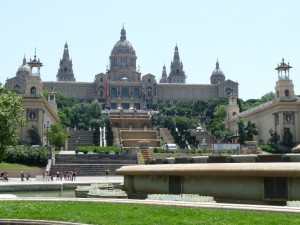
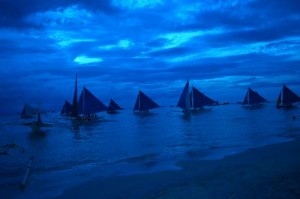
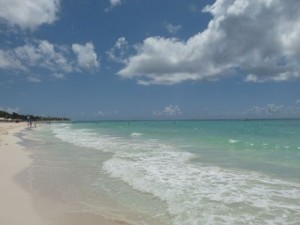
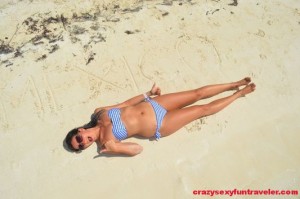
Erika Awakening
| #
Thank you for this photo tour! I never even had heard of this island until you wrote about it. Now it’s on my list to see along with Chile, where I’ve never been. I also though would like to go to Chile in the winter and experience the famous skiing there. Looking forward to reading some of your other articles, helicopter over Las Vegas sounds fun :)
Crazy Sexy Fun Traveler
| #
Glad I could bring you something new :)
crazy sexy fun traveler
| #
Comment@ Stephanie – The Travel Chica:
Definitely, without the car in Chiloe it would not be the same! And I’m from Central Europe where we don’t have sea, I’m just not used to eat sea food so no, thank you :) Thank God there is still fish at least :)
Did u make it to Chiloe, Steph?
Stephanie - The Travel Chica
| #
Isn’t the seafood the best!
Awesome that you were able to rent a car. You got to see a lot more of the island that way.
crazy sexy fun traveler
| #
Comment@ Julie:
It is a very specific unique place … before all the new modern things get there :)
Julie
| #
Thatmust be such a wonderul place! I wish I ever had the chance to get there…